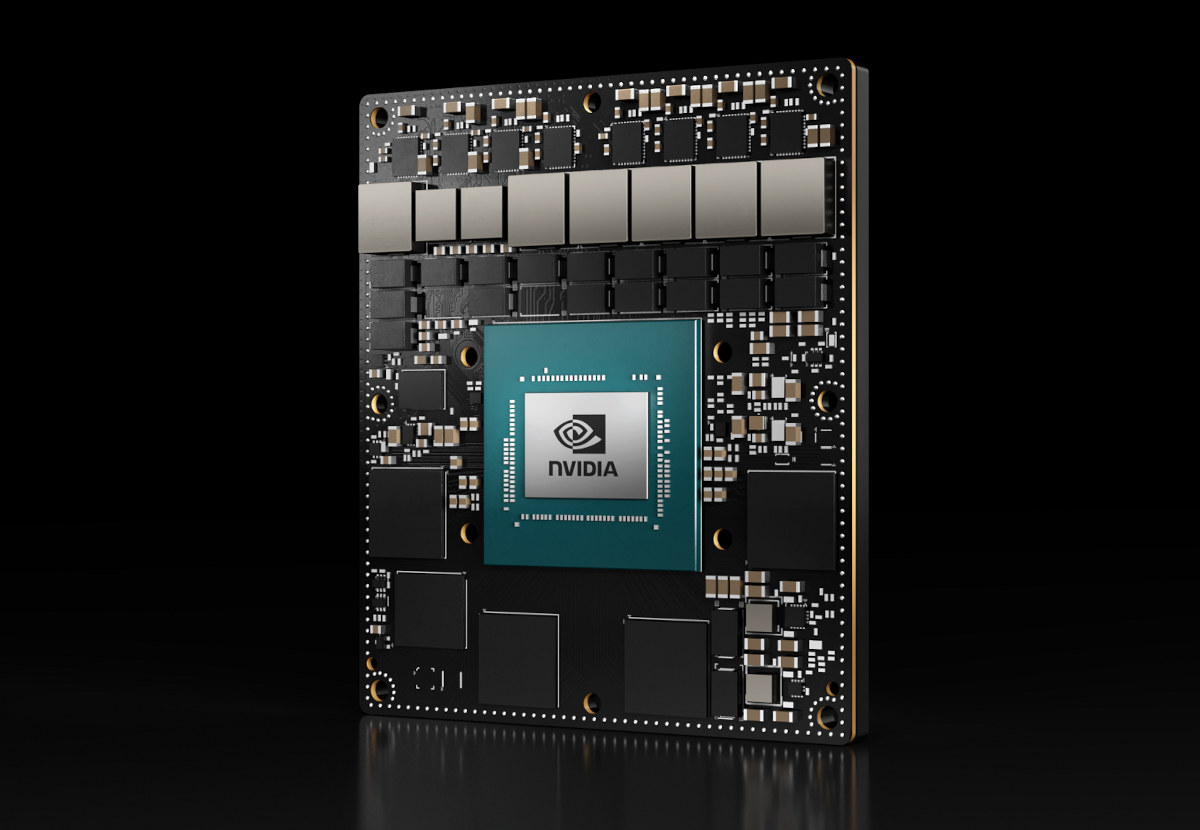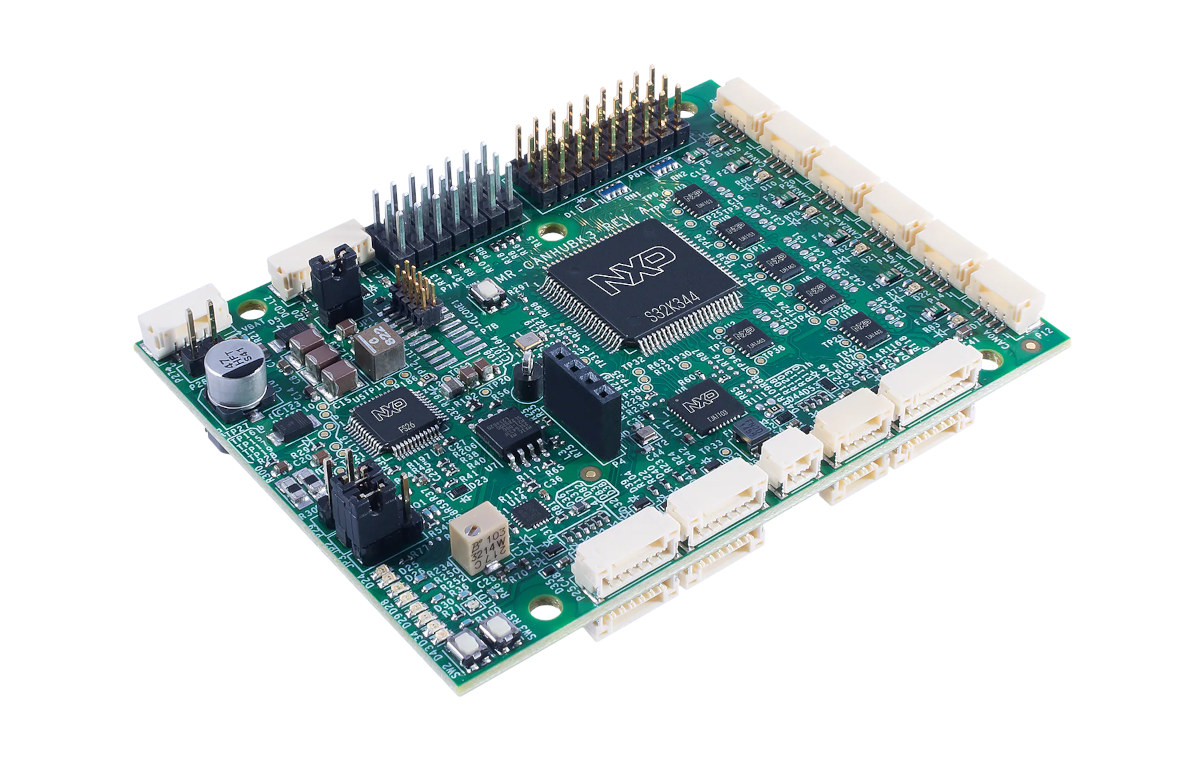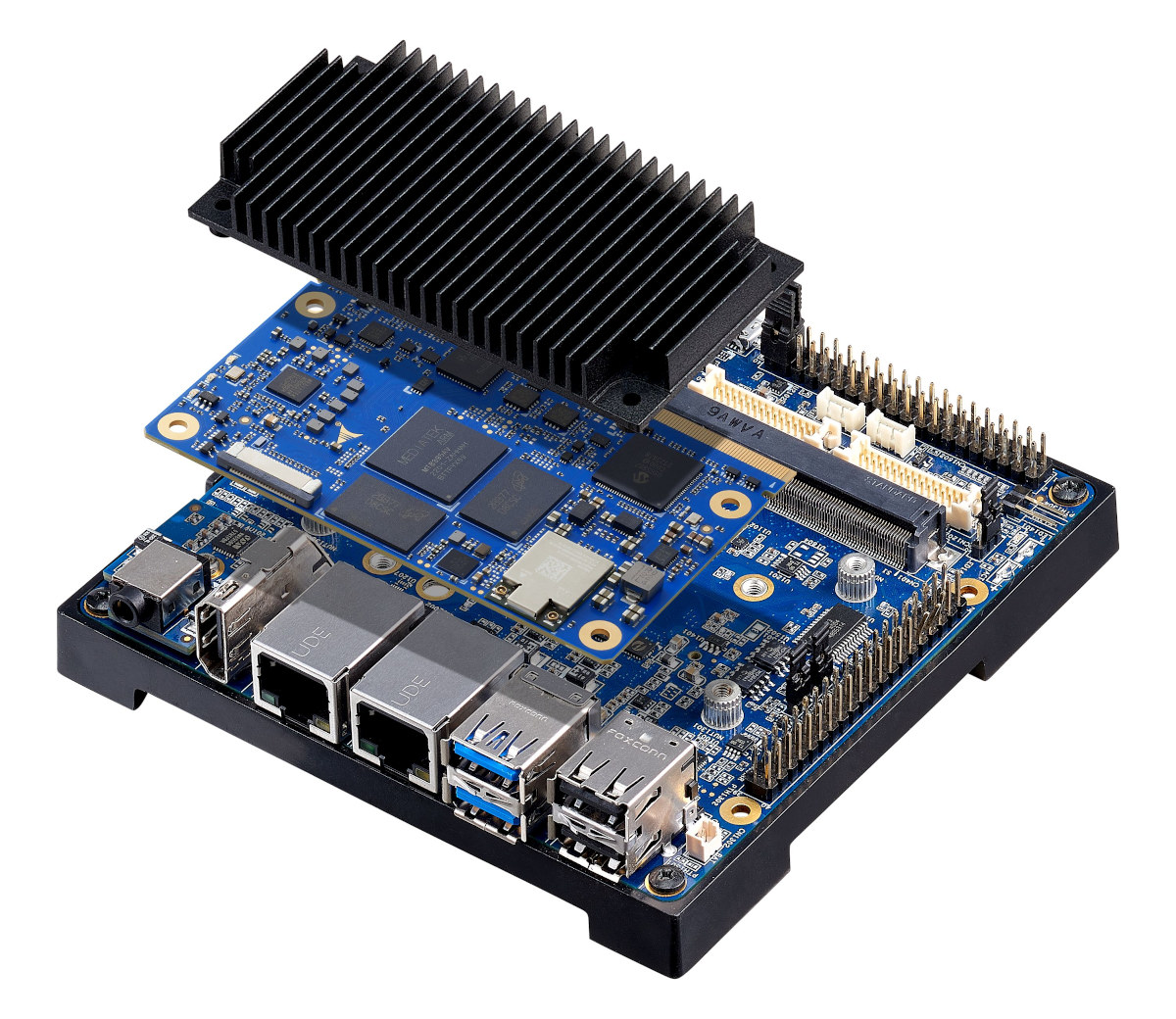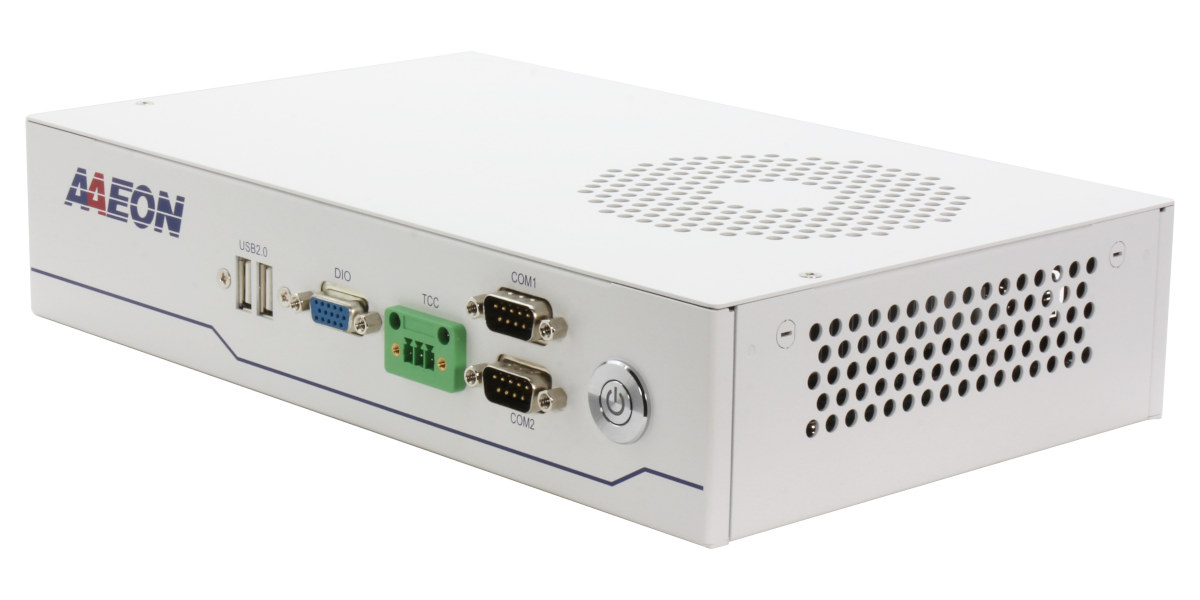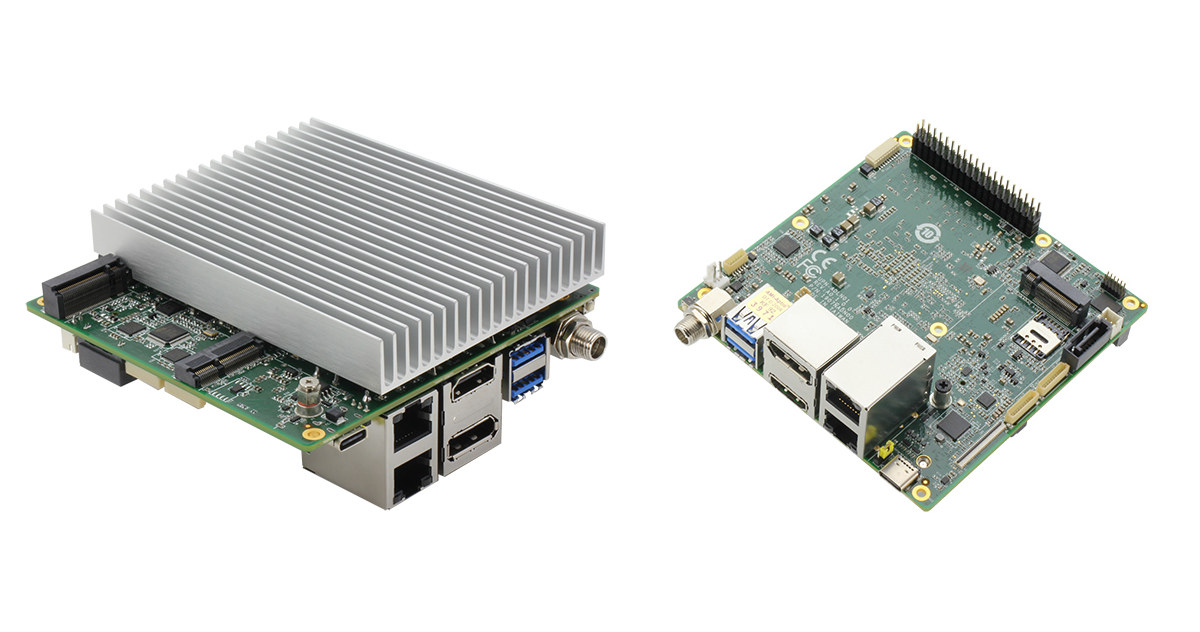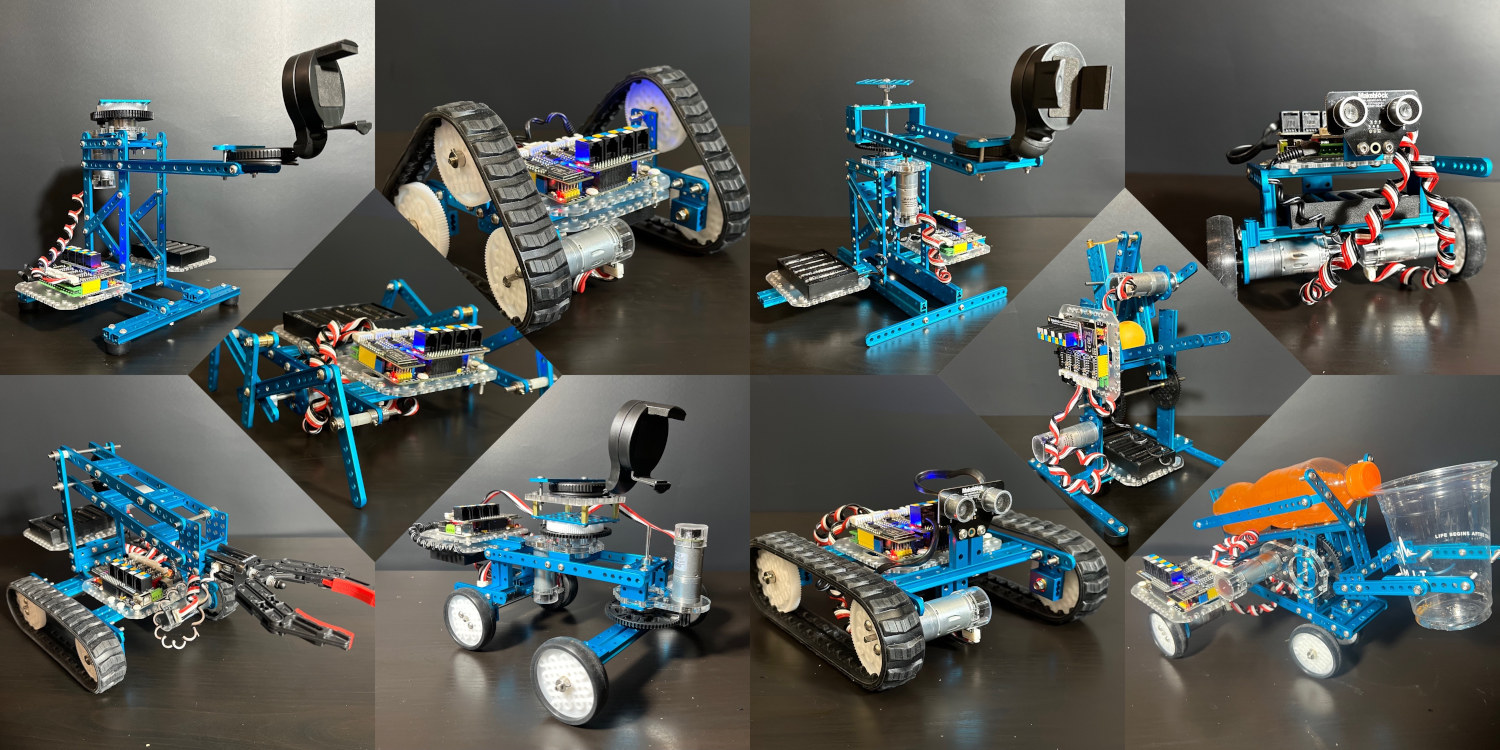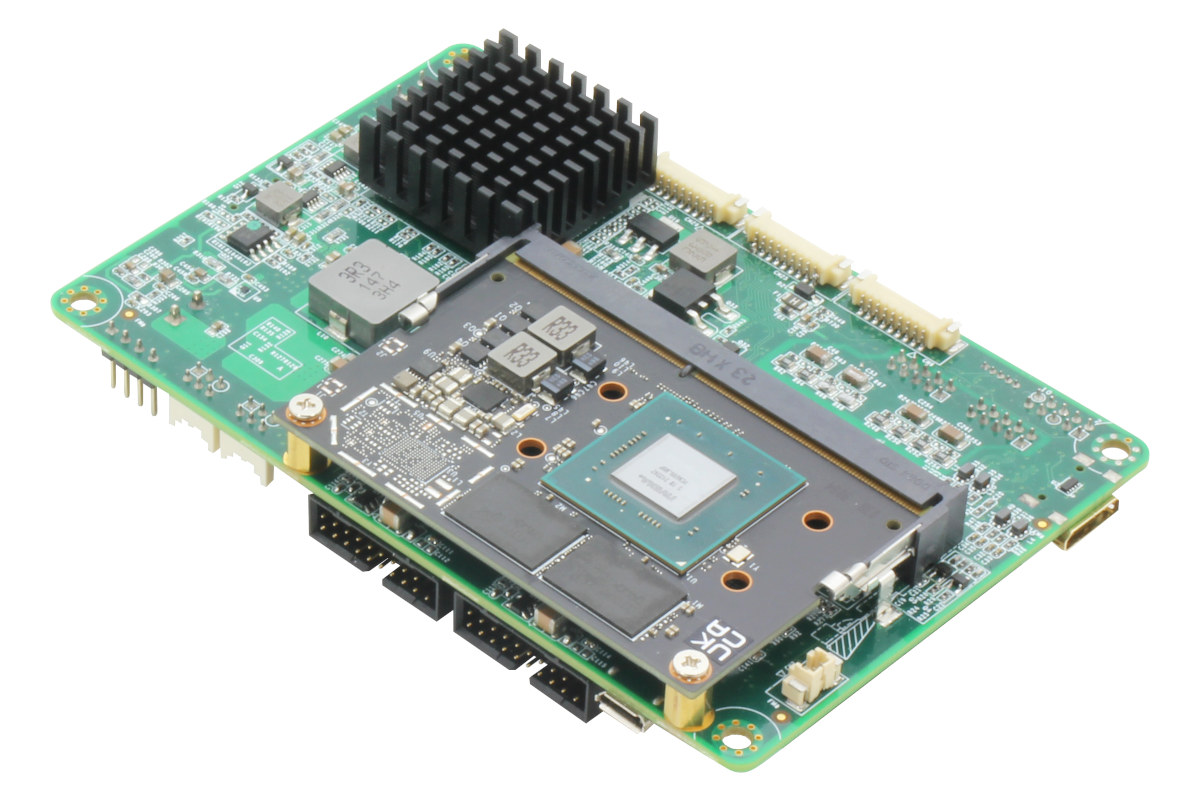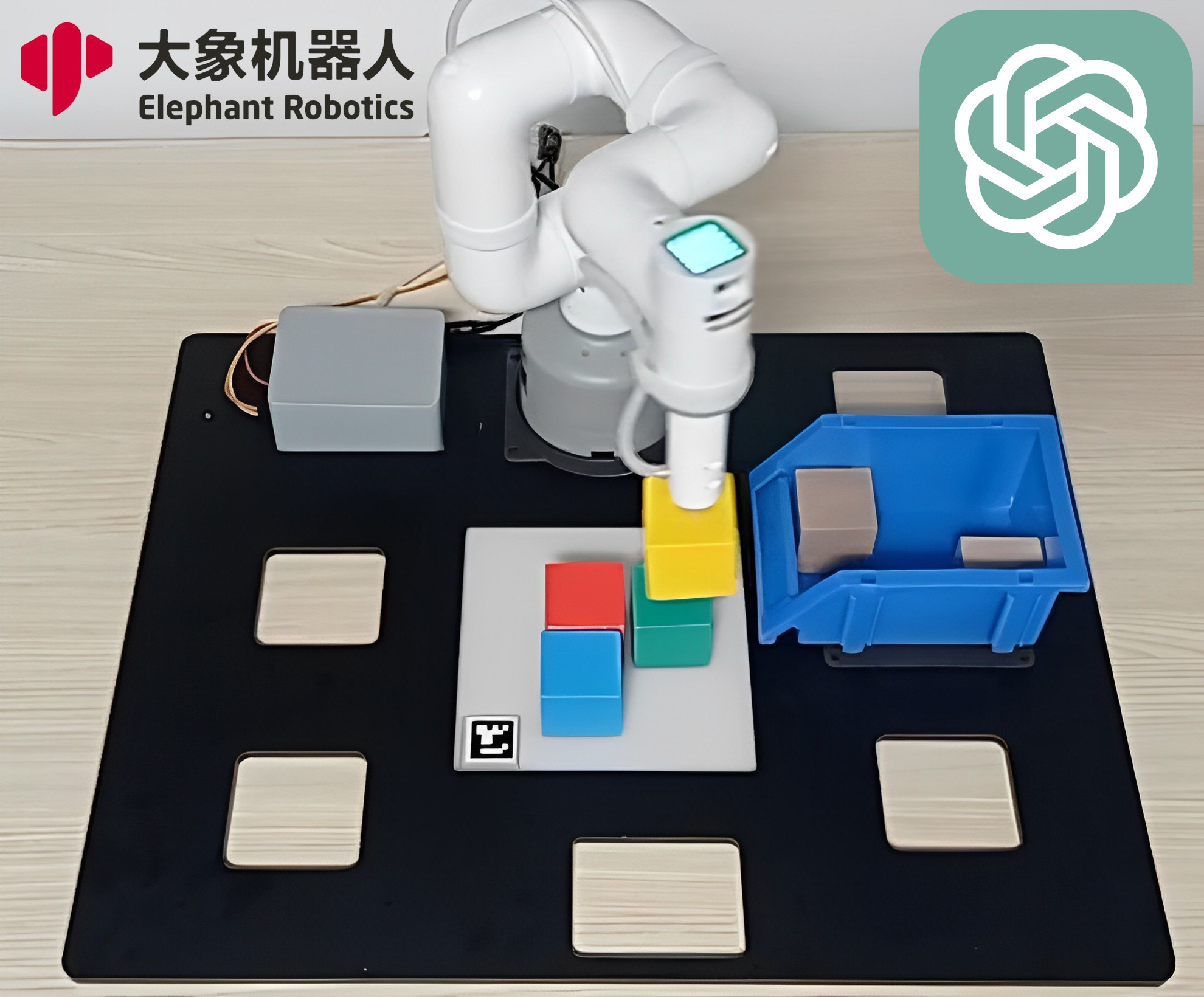NVIDIA has recently introduced the Jetson AGX Orin Industrial module that comes with an extended temperature range, operating lifetime, shock and vibration specifications, as well as support for error correction code (ECC) memory, and delivers up to 248 TOPS of AI performance with power configurable between 15-75 W. The industrial-grade system-on-module is based on the Jetson AGX Orin 64GB module but with lower operating frequencies to enable a longer operating lifetime and improved endurance. It’s form-factor and pin-compatible with Jetson AGX Orin, and NVIDIA says it delivers more than eight times the AI performance of the 30 TOPS Jetson AGX Xavier Industrial introduced in 2021, but does not integrate Cortex-R5F cores. NVIDIA Jetson AGX Orin Industrial specifications: CPU – 12-core Arm Cortex-A78AE v8.2 64-bit processor @ 2.0 GHz with 2MB L2 + 4MB L3 cache GPU / AI accelerators NVIDIA Ampere architecture with 2,048 NVIDIA CUDA cores and 64 Tensor […]
NXP S32K344 evaluation board for mobile robots offers one 100BaseT1, six CAN-FD interfaces
MR-CANHUBK344 is an evaluation board based on NXP S32K344 Arm Cortex-M7 automotive general-purpose microcontroller designed for mobile robotics applications such as autonomous mobile robots (AMR) and automated guided vehicles (AGV) with a 100baseT1 Ethernet interface and six CAN-FD ports. The six CAN bus connectors come in three pairs of CAN-FD, CAN-SIC (signal improvement), and CAN-SCP (secure) interfaces using NXP chips. The board can notably be used for tunneling CAN over Ethernet using IEEE1722, plus the board is equipped with an SE050 Secure element with NFC for authentication, and various general-purpose peripheral interfaces via DroneCode standard JST-GH connectors. MR-CANHUBK344 evaluation board specifications: MCU – NXP S32K344 lockstep Cortex-M7 microcontroller @ up to 160 MHz with 4MB flash, 512KB SRAM, 6x CAN bus interfaces, up to 218 I/Os, AEC-Q100 compliant Ethernet – ASIL-B compliant 100BASE-T1 Ethernet PHY (TJA1103) 6x CAN-FD interfaces with 2x CAN Bus with flexible data rate through TJA144x automotive […]
MediaTek Genio 1200 system-on-module powers Cortex-A78/A55 AIoT & robotics development kit
ADLINK Technology’s SMARC 2.1 compliant LEC-MTK-I12000 system-on-module (SoM) features the MediaTek Genio 1200 octa-core Cortex-A78/A55 AIoT processor coupled with up to 8GB RAM and 256GB UFS storage, and powers the I-Pi SMARC 1200 development kit designed for robotics and AIoT applications. LEC-MTK-I1200 MediaTek Genio 1200 system-on-module LEC-MTK-I1200 SoM specifications: SoC – MediaTek Genio 1200 (MT8395) octa-core processor with 4x Cortex-A78 cores @ 2.2GHz, 4x Cortex-A55 cores @ 2.0GHz with penta-core Arm Mali-G57 GPU @ 880MHz with support for OpenGL ES 3.2/2.0/1.1, Vulkan 1.1/1.0, OpenCL 2.2, 5.0 TOPS NPU, HiFi 4 audio DSP, etc… System Memory – 4 or 8 GB LPDDR4X Storage – 32, 64, 128, or 256 GB UFS storage, compatible with UFS gear 2.1 Wireless – 802.11b/g/n/ac WiFi 5 2×2 MU-MIMO, Bluetooth 5.0 314-pin MXM connector with Storage – 1x SDIO (4-bit) compatible with SD/SDIO standard, up to version 3.0 Display HDMI 2.0b up to 4Kp60 Dual-channel LVDS […]
EPIC-ADS7-PUC Alder Lake-S embedded system is made for robotics, automation, healthcare imaging
AAEON EPIC-ADS7-PUC is an embedded system based on an up to 12th Gen Intel Core i7-12700E Alder Lake-S processor and designed for robotics, automation, and healthcare imaging applications. The embedded computer supports up to 32GB DDR5 and two SATA III storage devices, offers three 4K video outputs via HDMI and DisplayPort connectors, one 2.5GbE and three Gigabit Ethernet ports, along with Intel TCC support, up to six USB 3.2 Gen 2 ports, two RS232/422/4485 COM ports, and some SKUs support Intel Time Coordinated Computing (TCC) for real-time control. Key Features: SoC – Intel Core Alder Lake-S processor, up to the 12-core (8P+4E) Core i7-12700E processor clocked at up to 4.8 GHz with Intel UHD Graphics 770; TDP: 65W Chipset – Intel 600 Series Desktop Chipset (R680E/Q670E/H610E) System Memory – Up to 32GB DDR5 4800 via 2x SODIMM socket (16GB max each) Storage – 2x SATA 3 with +5V onboard SATA […]
UP Squared Pro 7000 SBC features up to Intel Core i3-N305 Alder Lake-N processor, up to 16GB LPDDR5
AAEON UP Squared Pro 7000 is a single board computer (SBC) based on a choice of Alder Lake-N SoCs up to the Core i3-N305 octa-core processor, up to 16GB LPDDR5 RAM, and 64GB eMMC flash. The board supports up to three displays and comes with a MIPI CSI port, dual 2.5GbE networking, three USB 3.2 ports, two RS232/RS422/RS485 interfaces, as well as several M.2 sockets for storage and wireless expansion that makes it suitable for machine vision solutions for smart factories, robotics applications, and retail/digital signage. UP Squared Pro 7000 specifications: Alder Lake-N SoC (one or the other) Intel Core i3-N305 octa-core processor up to 3.8 GHz with 6MB cache, 32EU Intel UHD Graphics Gen 12 @ 1.25 GHz; TDP: 15W Intel Atom x7425E quad-core processor up to 3.4 GHz with 6MB cache, 24EU Intel UHD Graphics Gen 12 @ 1.0 GHz; TDP: 12W Intel Processor N97 quad-core processor up […]
Makeblock Ultimate 2.0 review – A multi-function 10-in-1 educational robot kit
Makeblock Ultimate 2.0 is an educational robot kit that can be used to easily create up to 10 different types of robots. An Arduino-compatible Mega 2560 MCU board serves as the main controller and there are over 550 mechanical parts and electronic modules. The robot can drive up to 4 encoder and stepping motors, control up to 10 servo motors to work simultaneously, and can also be connected to Arduino and Raspberry Pi boards for more complex projects. The review/tutorial is fairly long, so if you are short on time, you can jump to different sections by clicking on some of the links below: MegaPi control board and main modules description mBlock 5 visual-programming IDE installation Programming of DC Encoder motors, Ultrasonic sensor, Line follower module, motion sensor, RJ25 adapter, and shutter module mBlock mobile app Building the ten models for the Makeblock Ultimate 2.0 robot kit (as shown in […]
AAEON BOXER-8224AI – An NVIDIA Jetson Nano AI Edge embedded system for drones
AAEON BOXER-8224AI is a thin and lightweight AI edge embedded system solution based on NVIDIA Jetson Nano system-on-module and designed for drones, or other space-constrained applications such as robotics. AAEON BOXER products are usually Embedded Box PCs with an enclosure, but the BOXER-8224AI is quite different as it’s a compact and 22mm thin board with MIPI CSI interfaces designed to add computer vision capability to unmanned areal vehicles (UAV), as well as several wafers for dual GbE, USB, and other I/Os. BOXER-8224AI specifications: AI Accelerator – NVIDIA Jetson Nano CPU – Arm Cortex-A57 quad-core processor System Memory – 4GB LPDDR4 Storage Device – 16GB eMMC 5.1 flash Dimensions – 70 x 45 mm Storage – microSD slot Display Interface – 1x Mini HDMI 2.0 port Camera interface – 2x MIPI CSI connectors Networking 2x Gigabit Ethernet via wafer connector (1x NVIDIA, 1x Intel i210) Optional WiFi, Bluetooth, and/or cellular connectivity […]
Using ChatGPT for Robotics – Programming myCobot 280 robotic arm with natural language (Sponsored)
ChatGPT AI chatbot can help engineers write programs, and we recently tested it by letting it write a Python program to read data from an I2C accelerometer. But it can be used for more advanced programs and Microsoft Autonomous Systems and Robotics Group used ChatGPT for robotics and programmed robot arms, drones, and home assistant robots intuitively with (human) language. The long-term goal is to let a typical user control/program a robot without having an engineer write code for the system. Microsoft explains that the current robotics pipelines begin with an engineer or technical user that needs to translate the task’s requirements into code for the system. That’s slow, expensive, and inefficient because a user needs to write code, skilled workers are not cheap, and several interactions are required to get things to work properly. With ChatGPT or other large language models (LLM), a user could “program” the robot with […]


